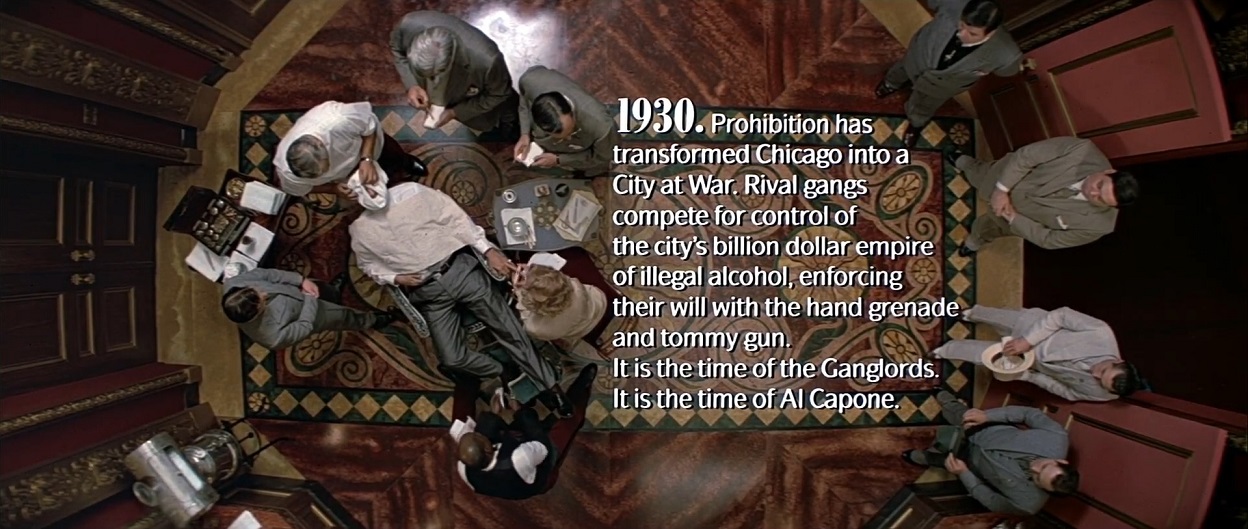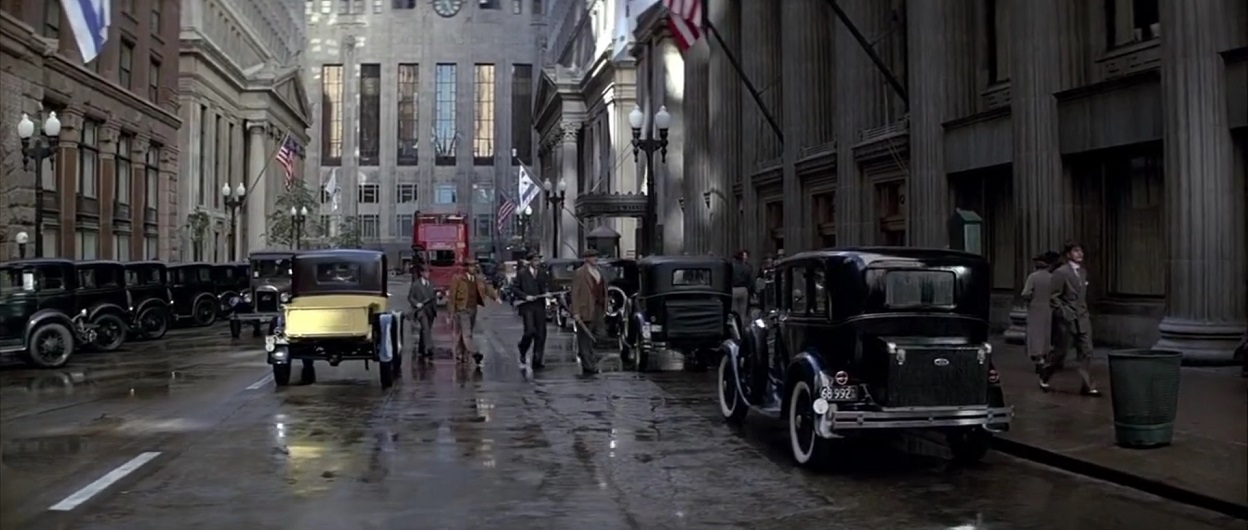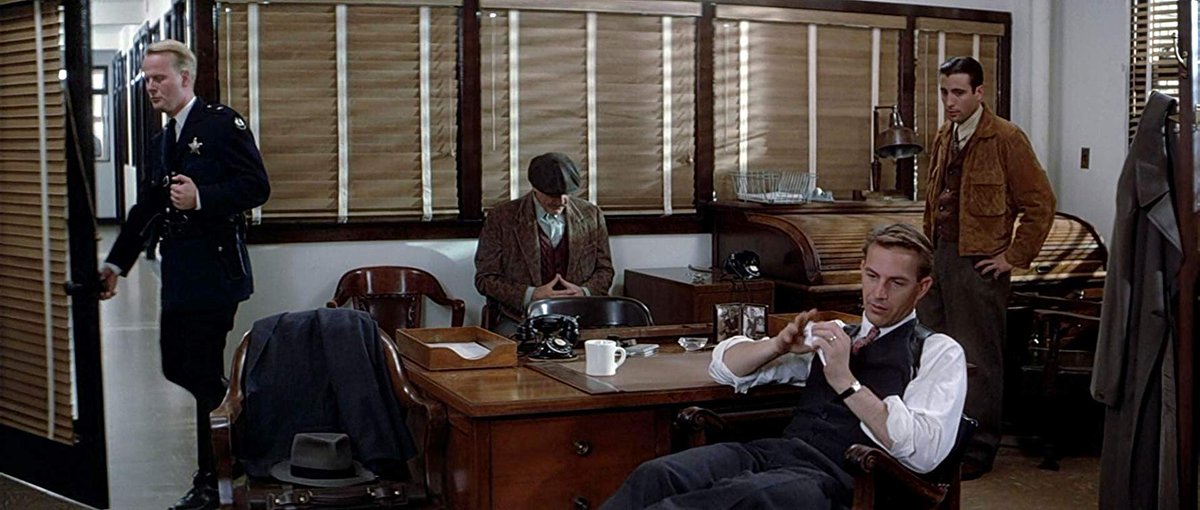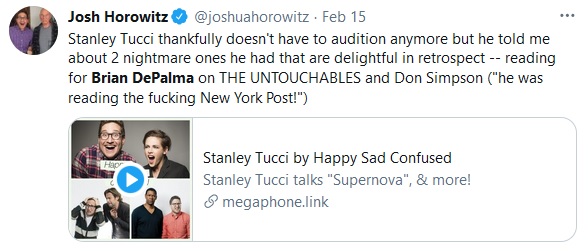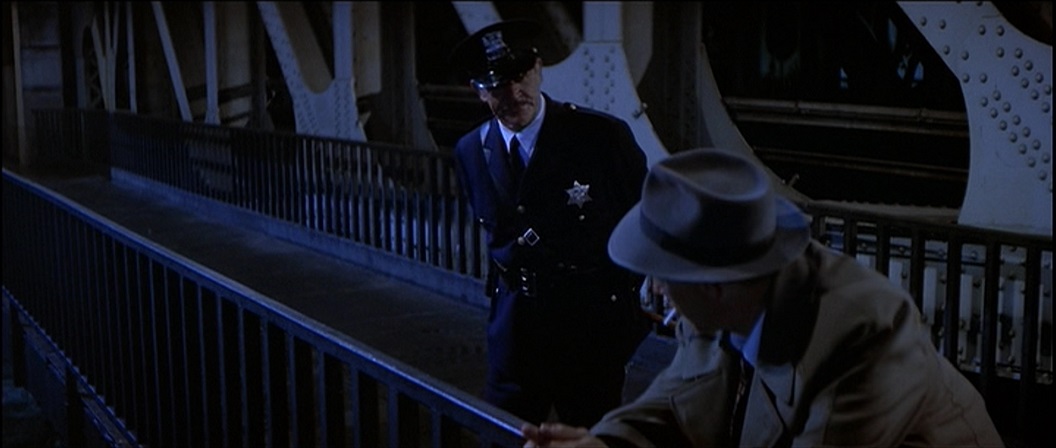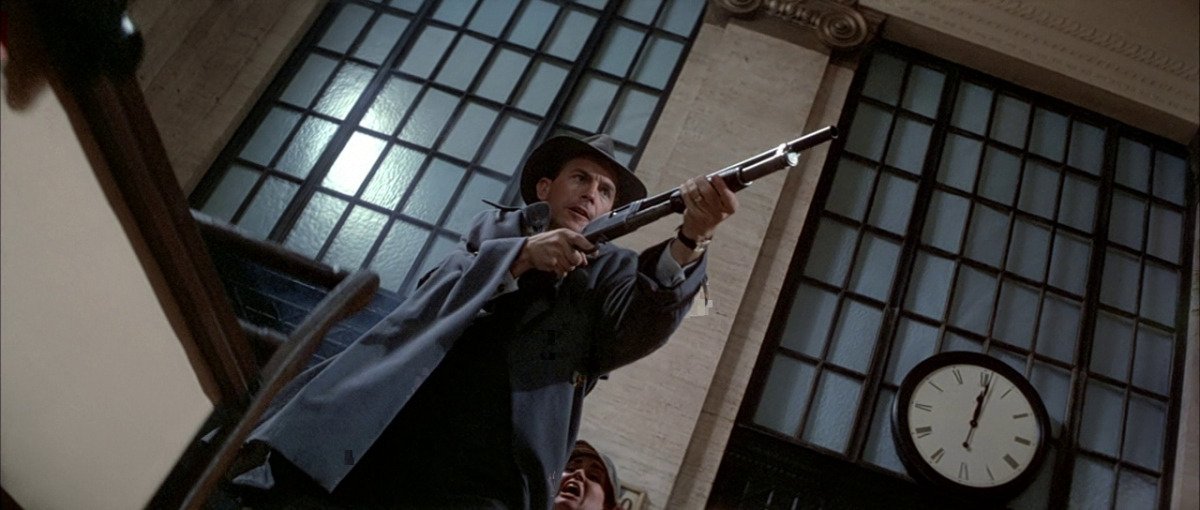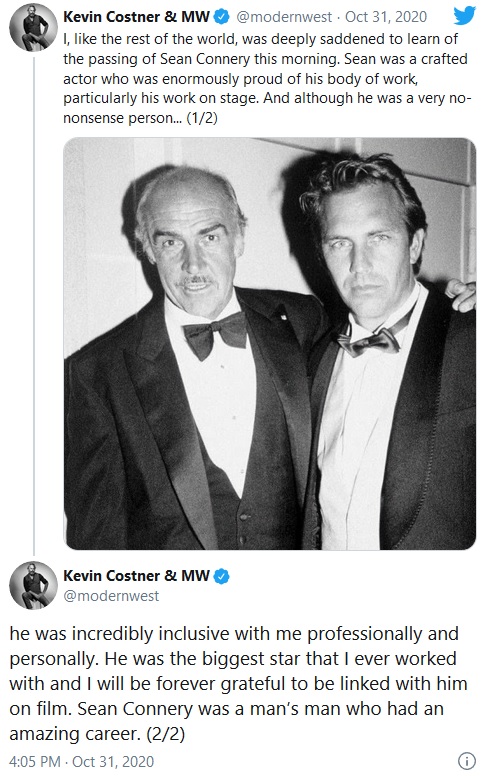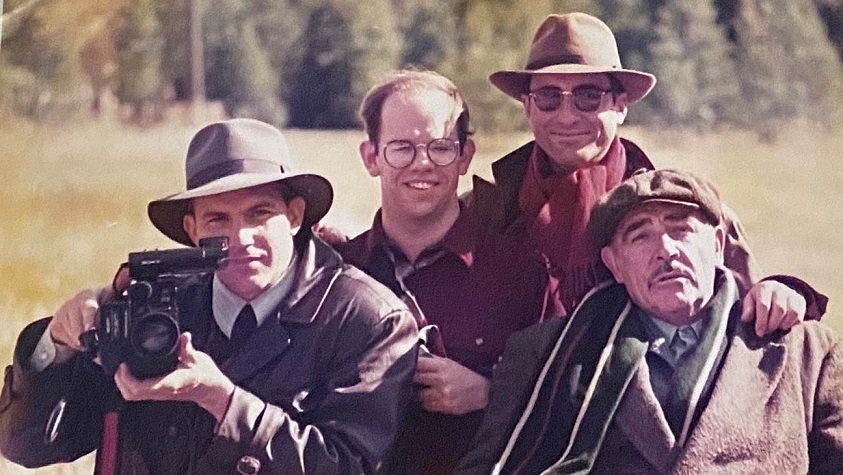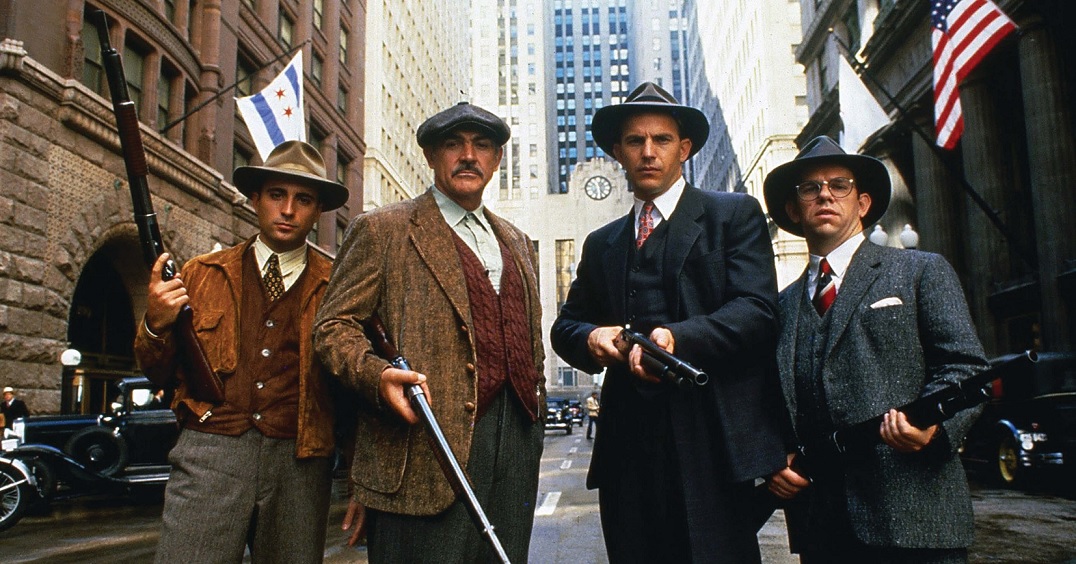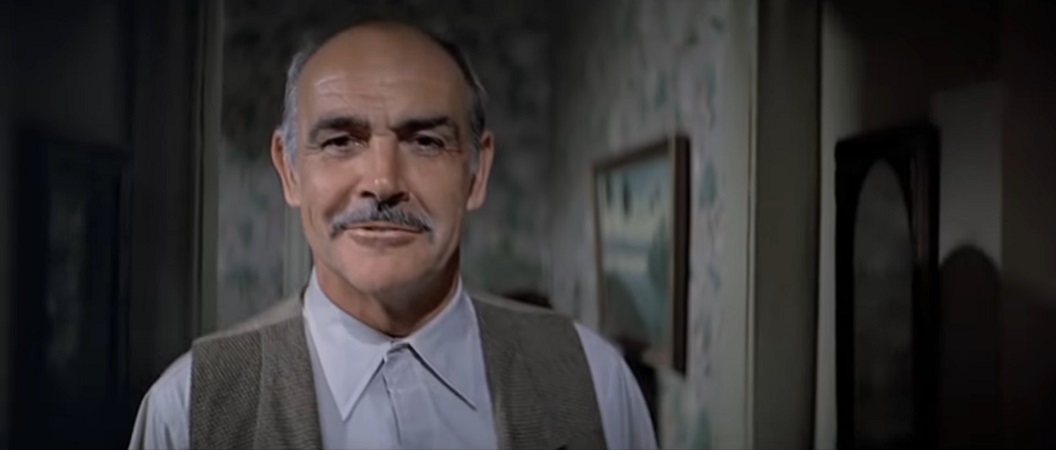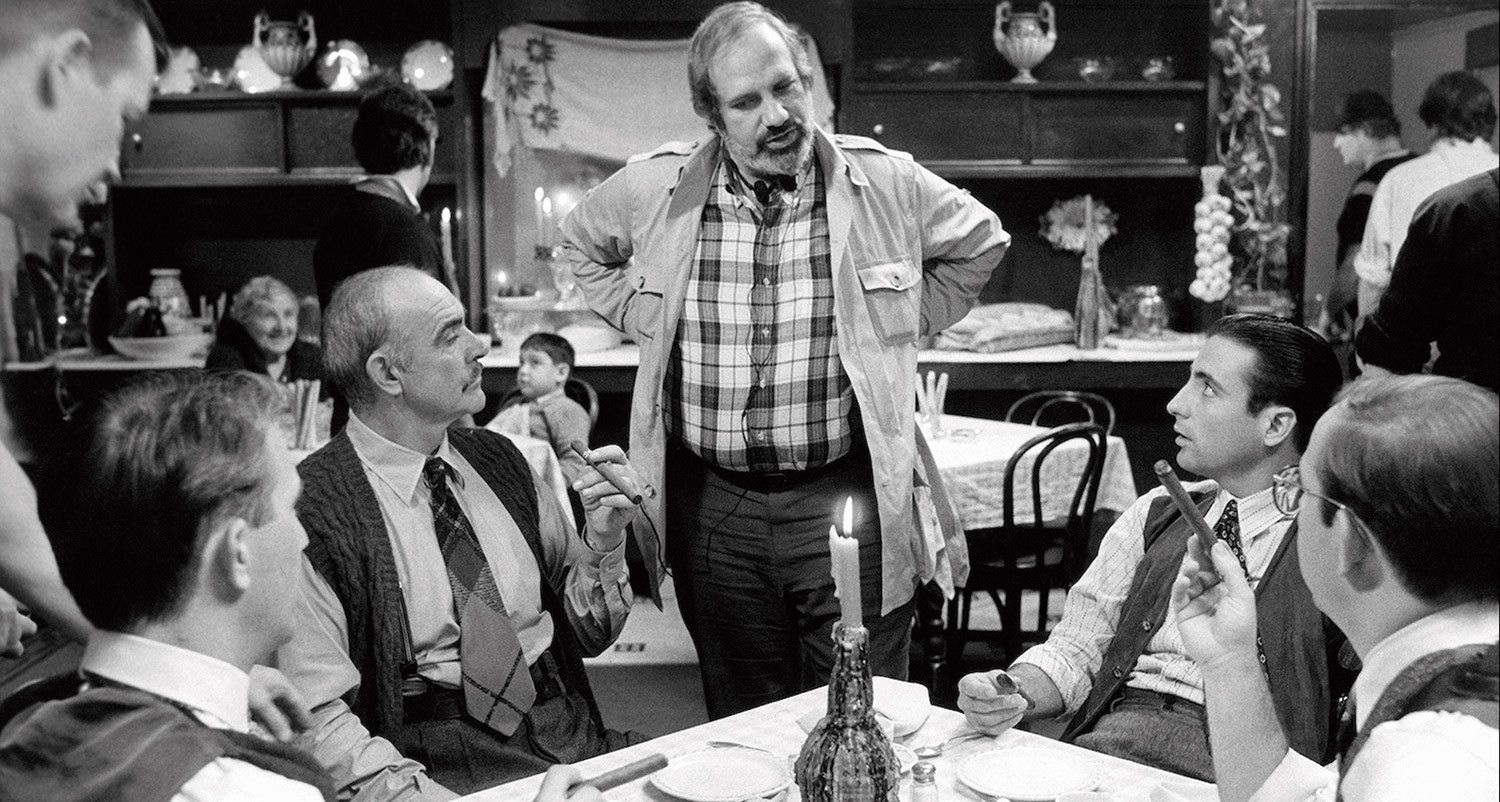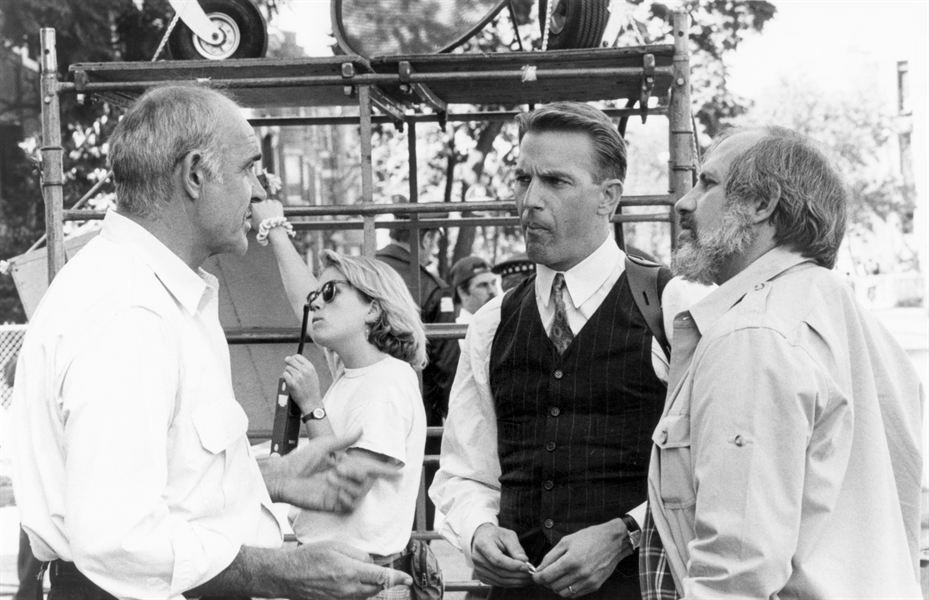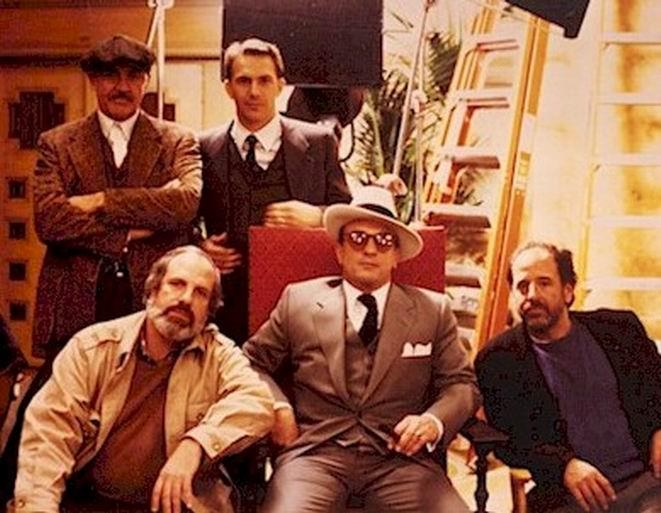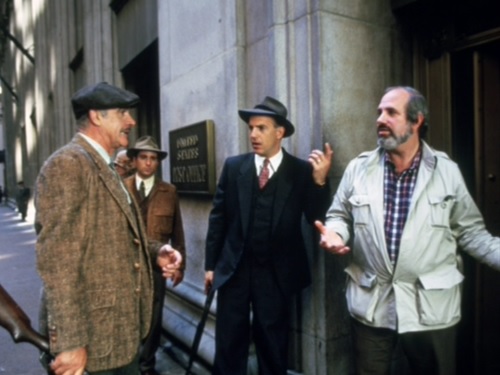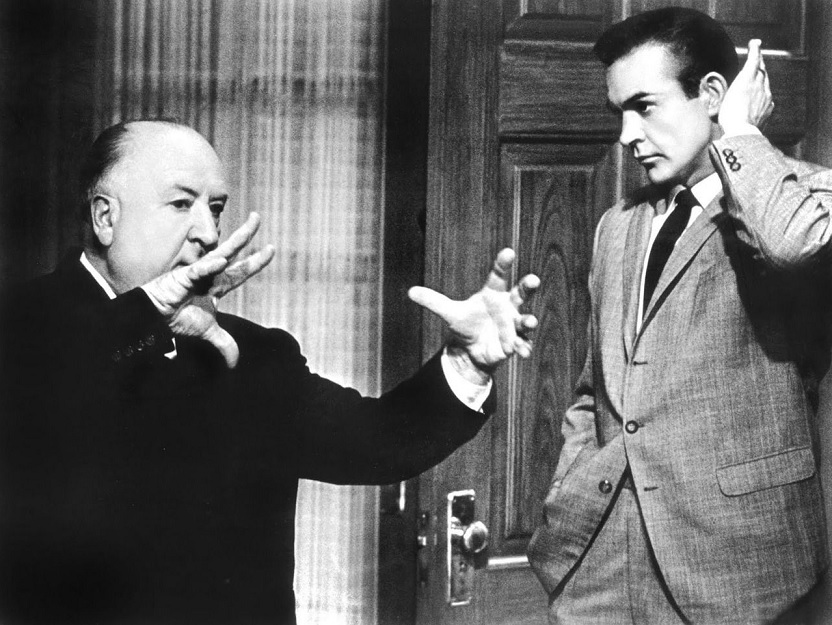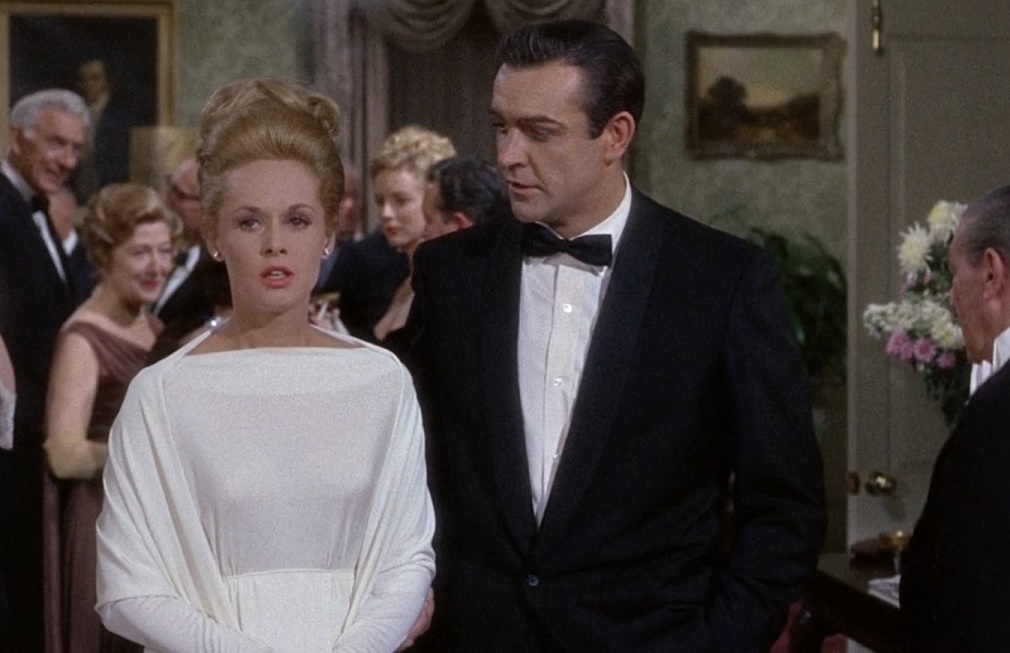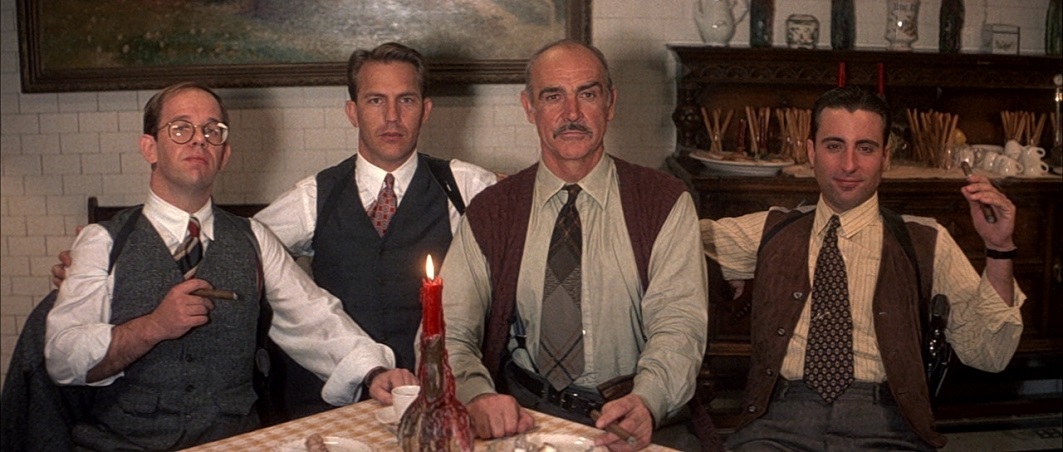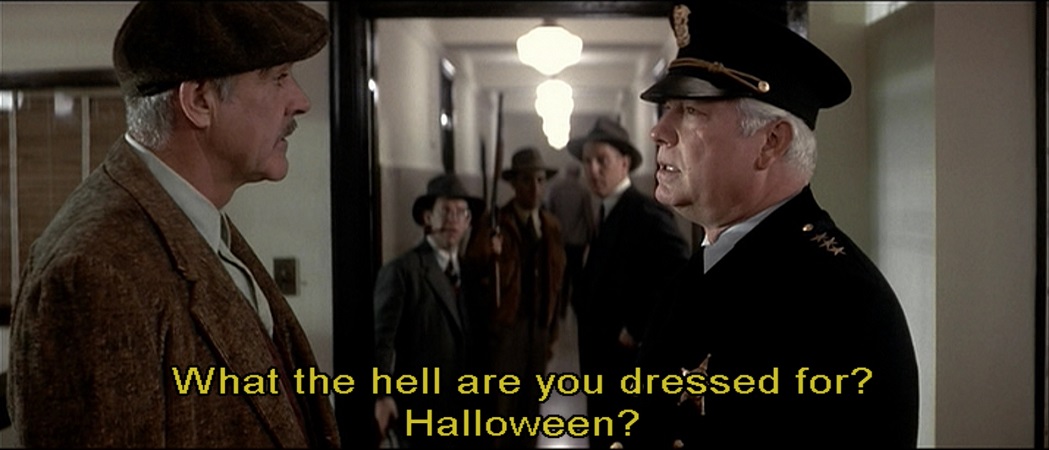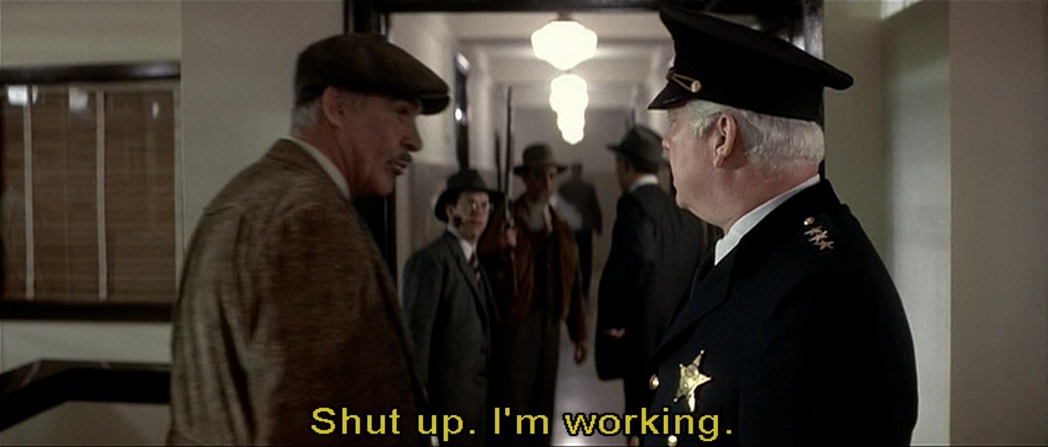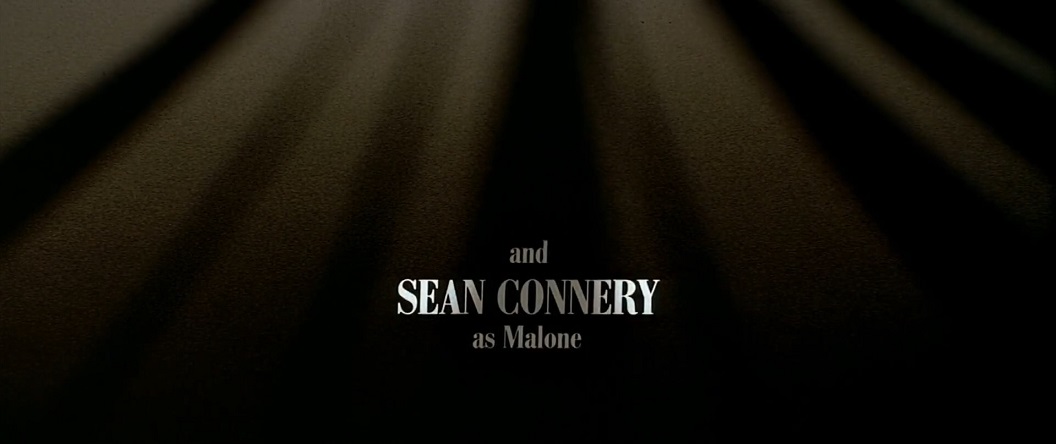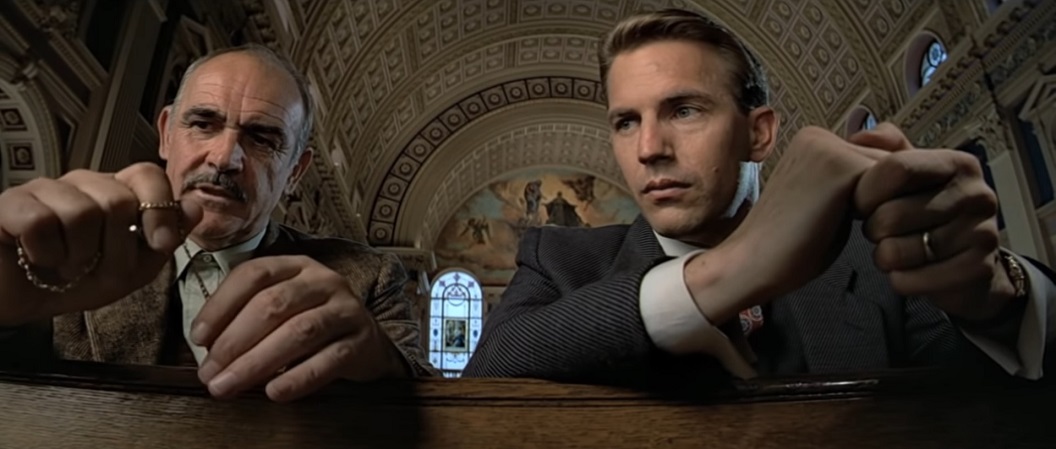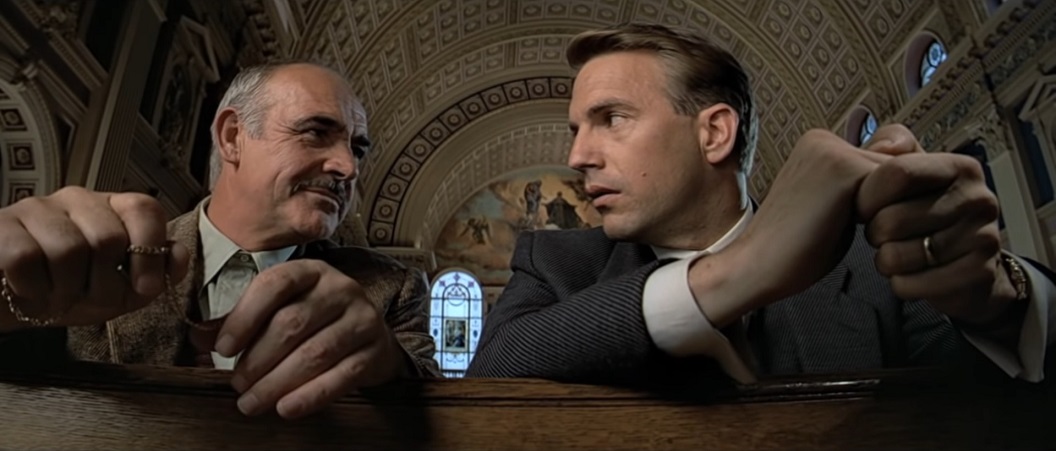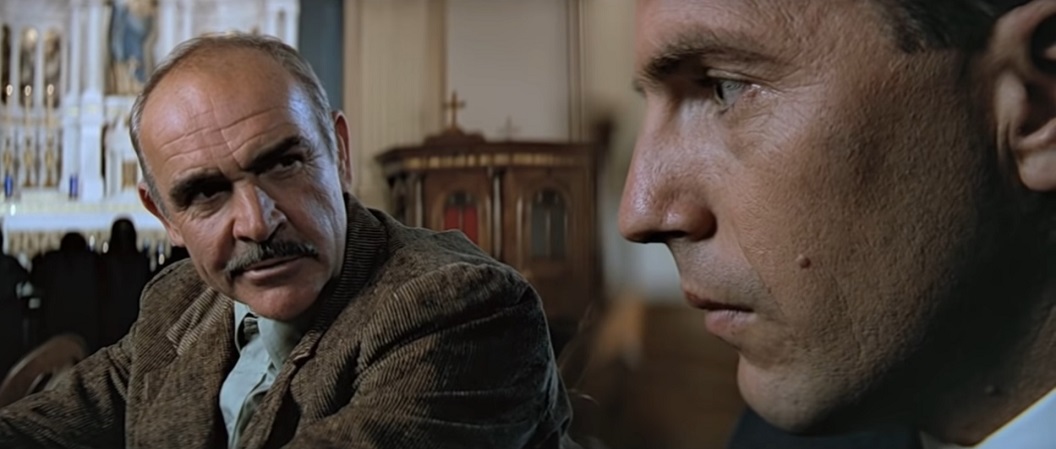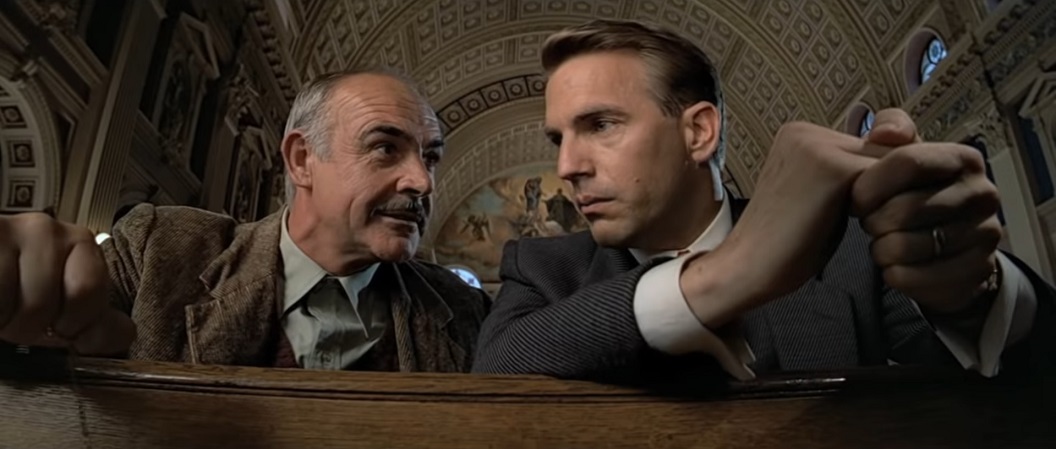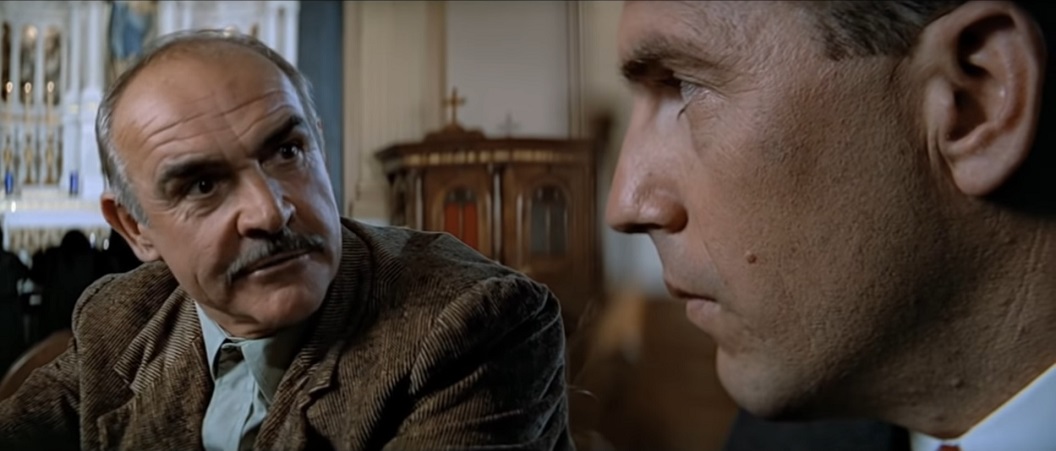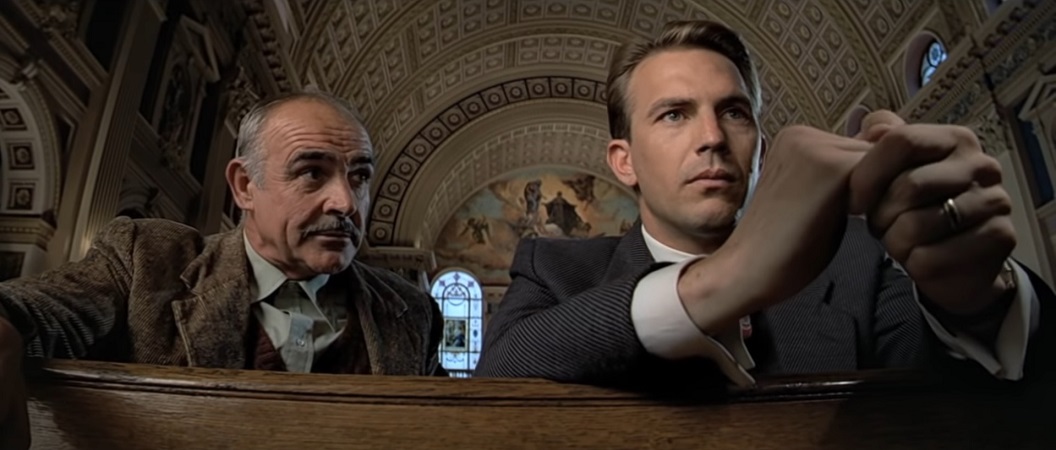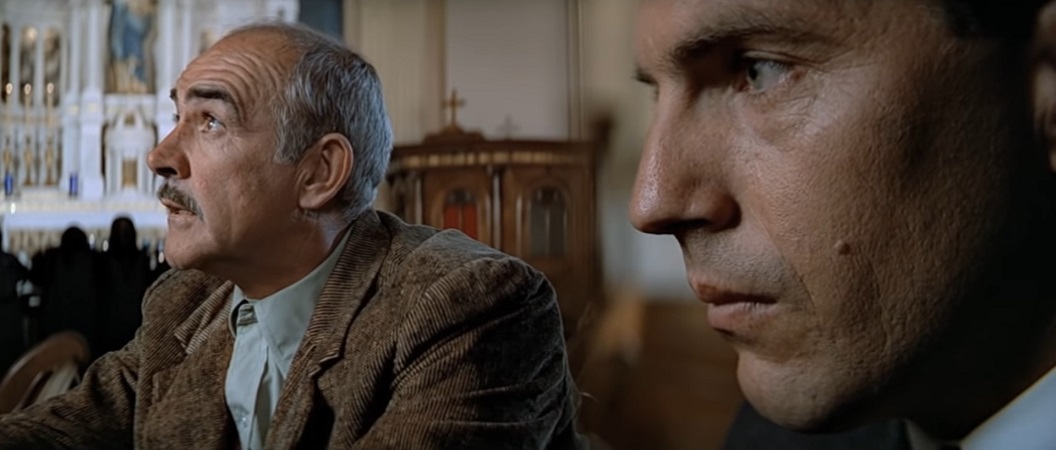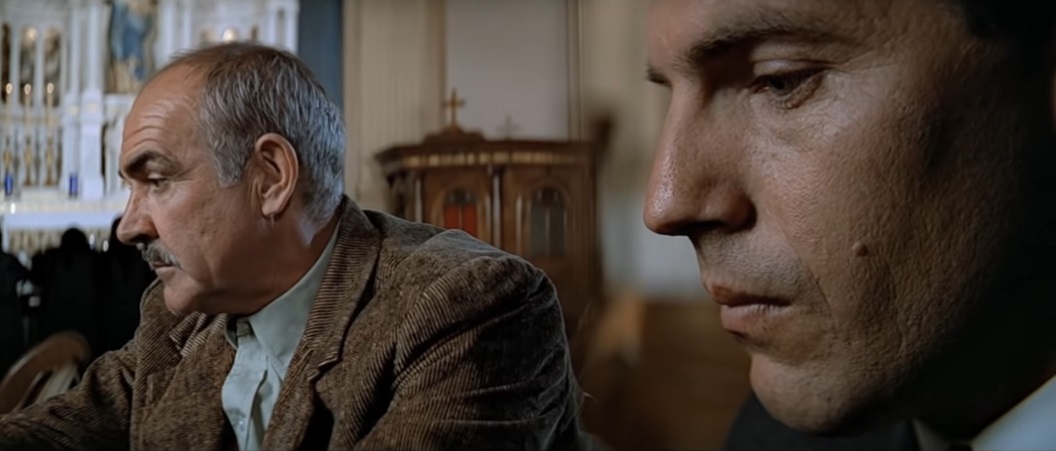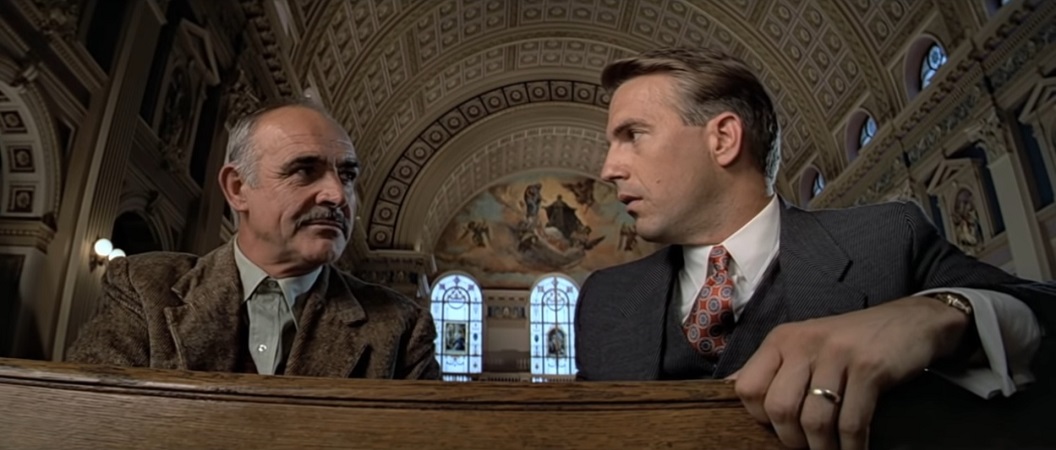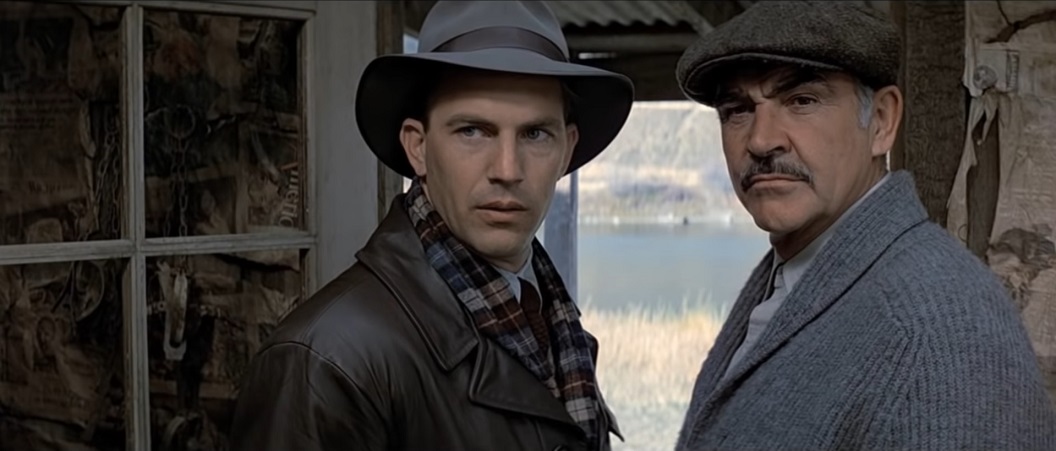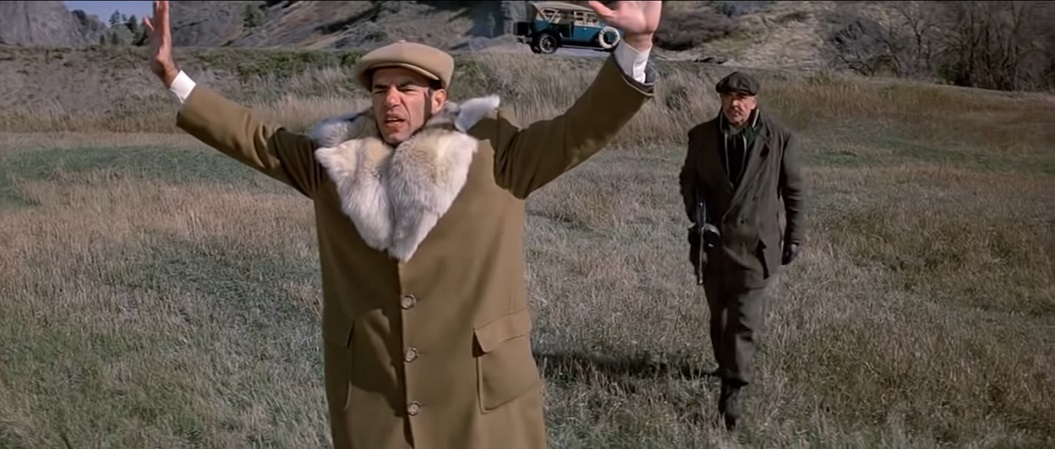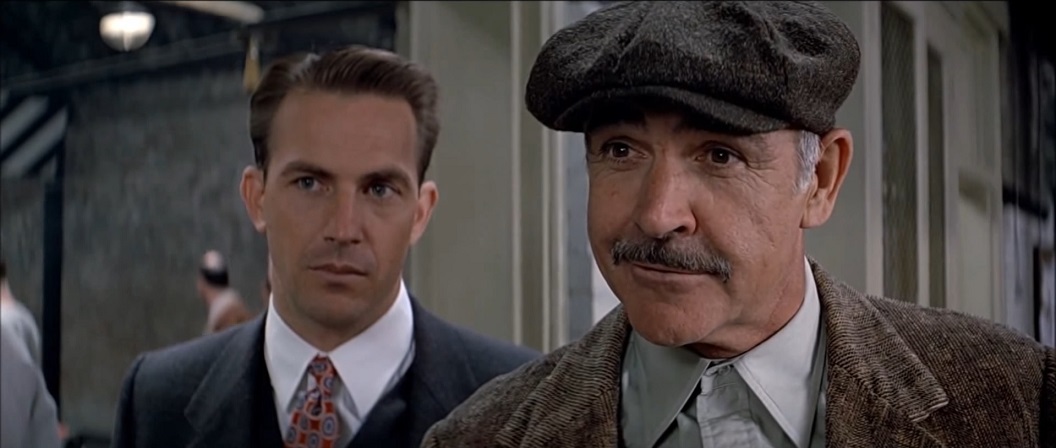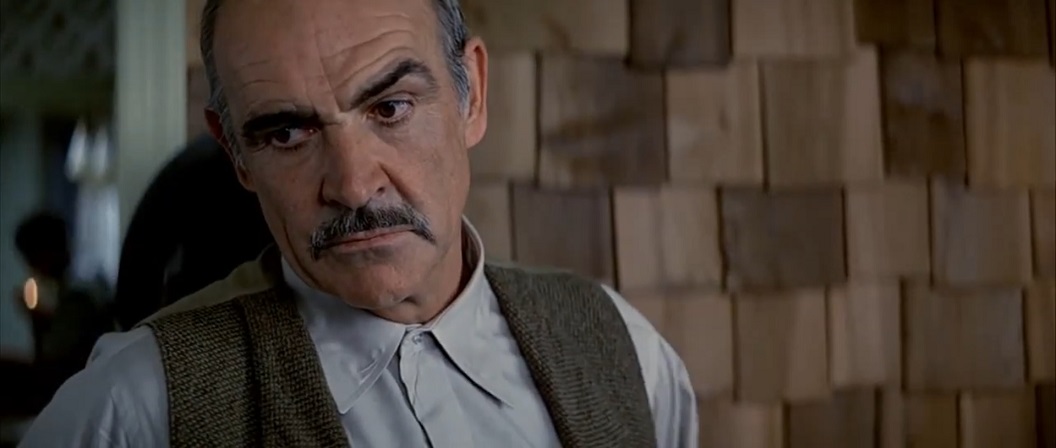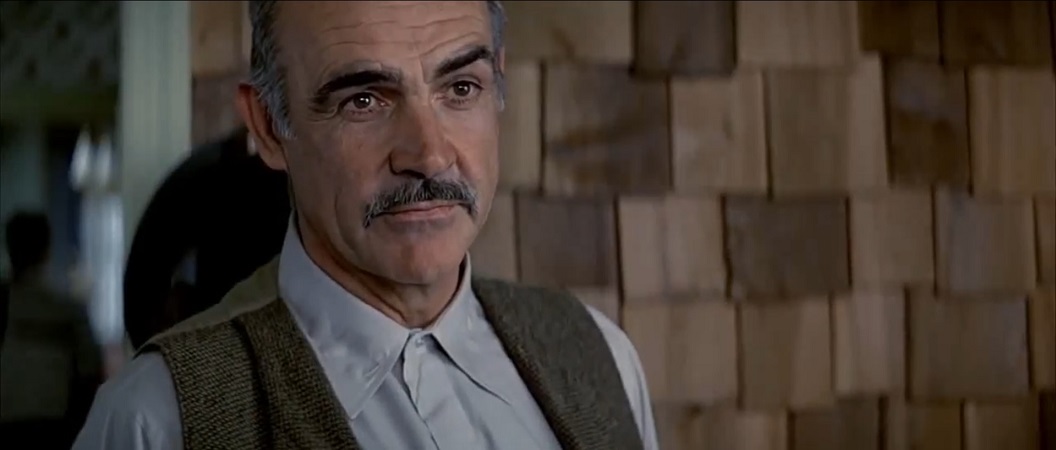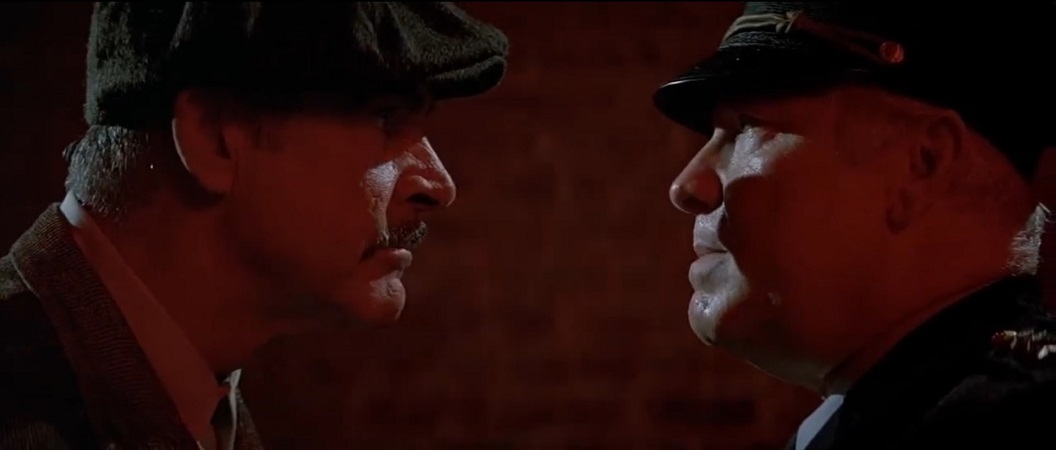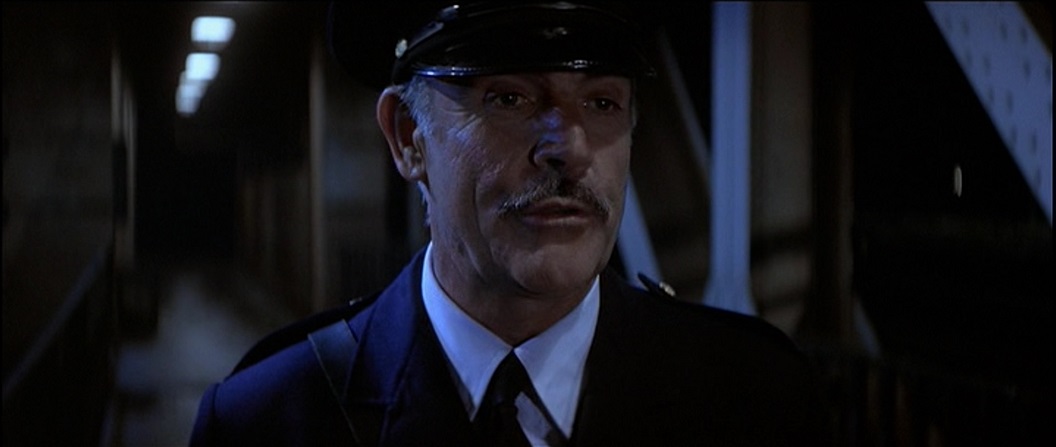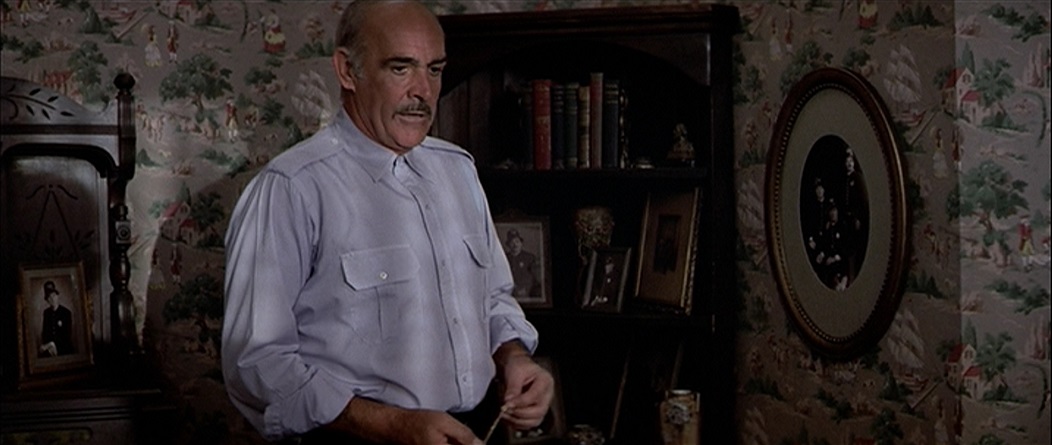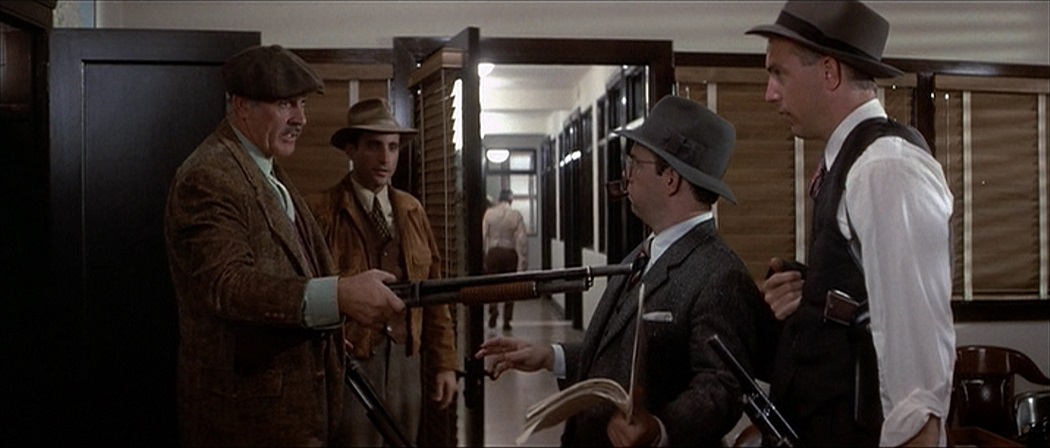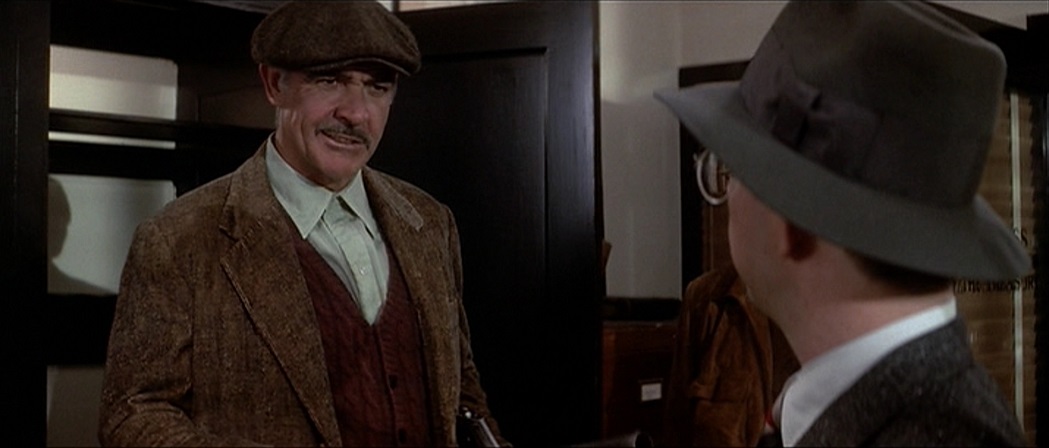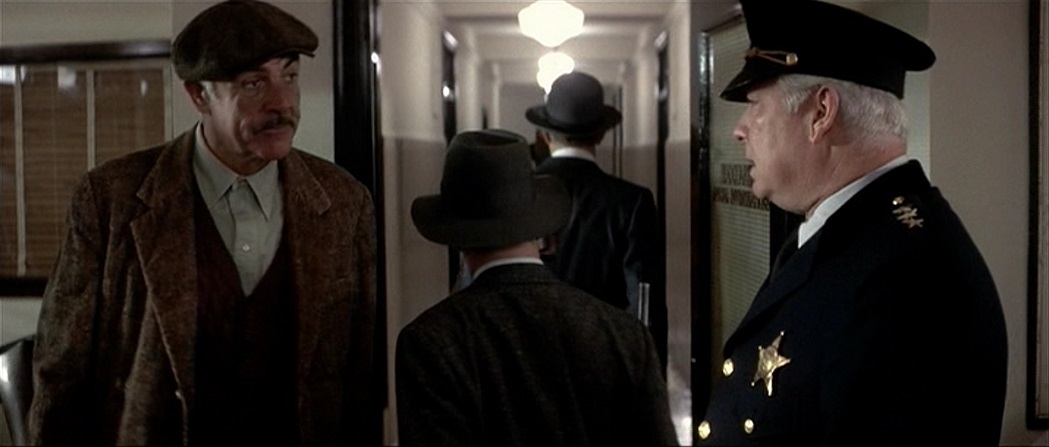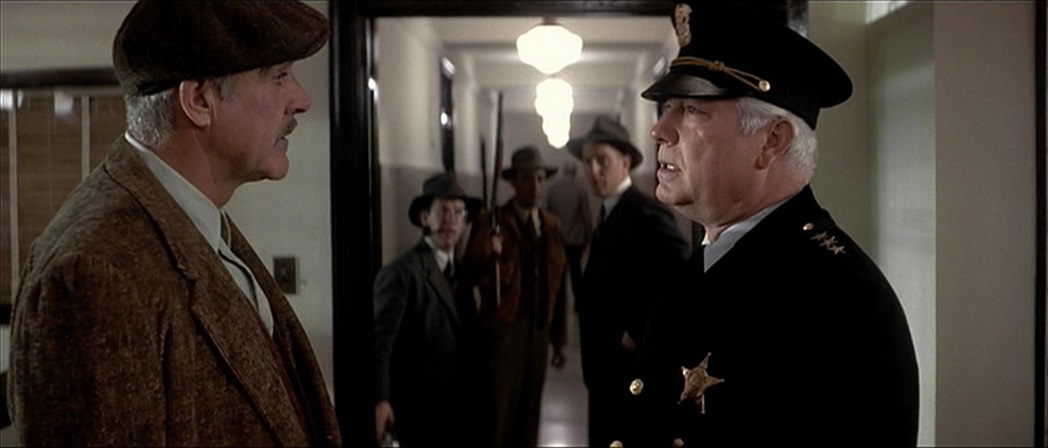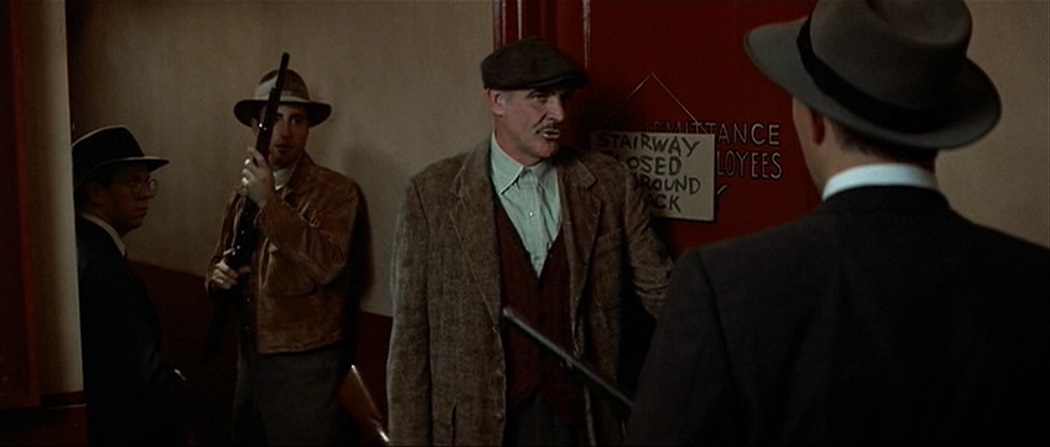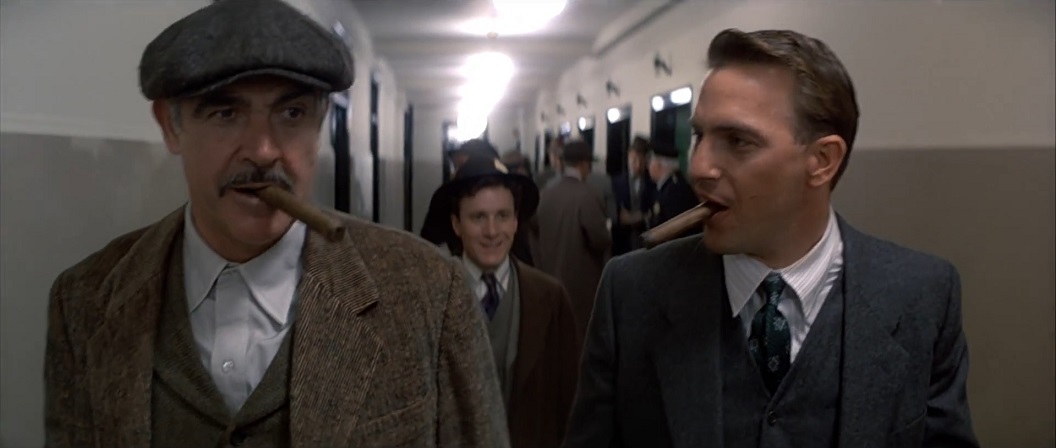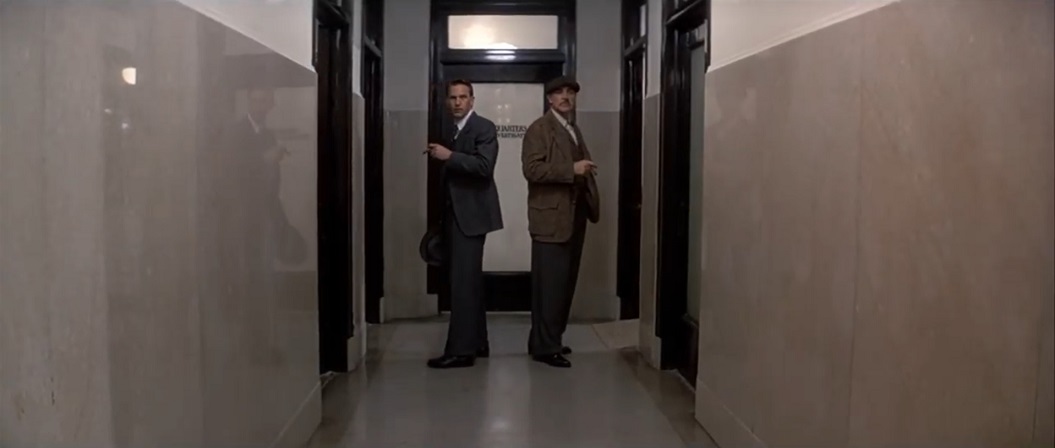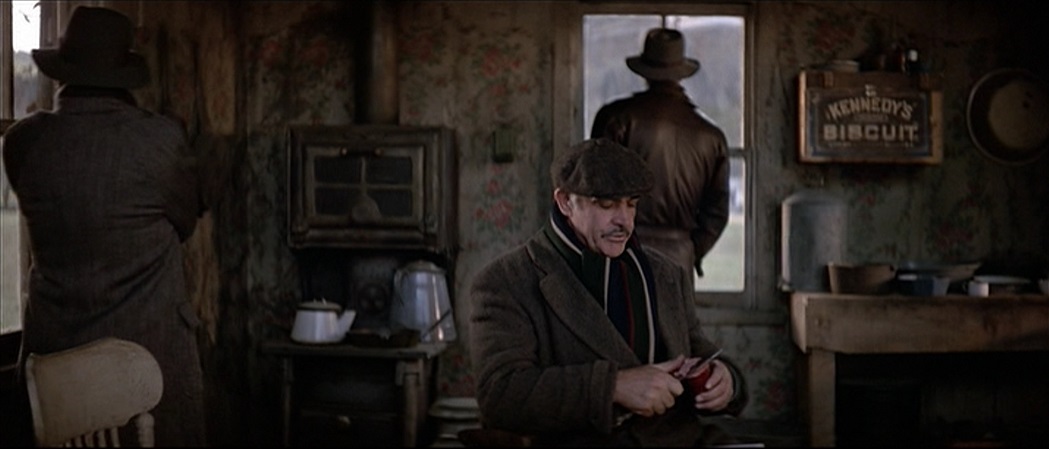JEFF JENSEN SHARES PIC FROM SET OF 'THE UNTOUCHABLES' WITH PROFILE IN THE CHINOOK OBSERVER
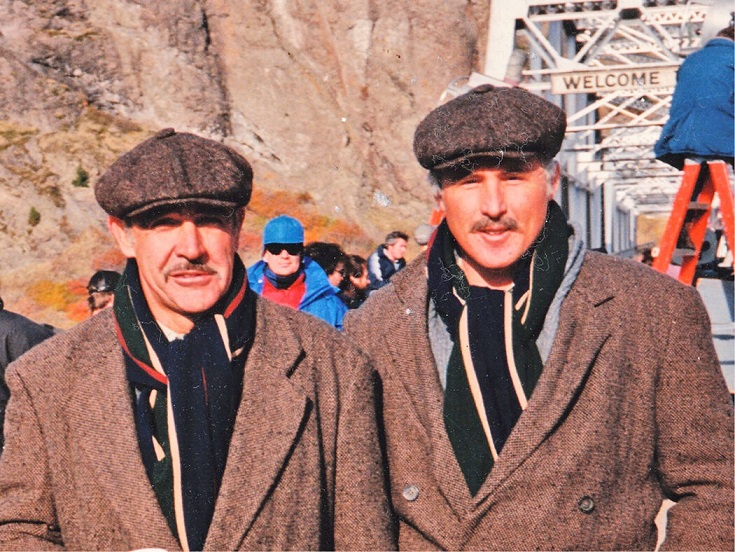
Retired stuntman and film director Jeff Jenesen, who worked as Sean Connery's stunt double on Brian De Palma's The Untouchables, shared the set photo above with the Chinook Observer, which posted a profile piece today written by Patrick Webb:
Jensen thirsted to learn every aspect. “From Day 1 in the film industry, I was wanting to direct and would like that job,” he said.He enrolled in the University of Southern California film school. On days when stunts were not required, he returned to the set, observed directors and helped out. His career advanced by earning credentials with the Stuntmen’s Association of Motion Pictures and the Actors Studio in New York.
He savored travel to exotic locales. “I have been on every continent except South America, even under the polar ice cap. The places that they paid me to go! I had the most amazing career. But my injuries caught up with me.”
Early stunt work was on TV shows like “Walker, Texas Ranger,” as well as Chuck Norris’ 1983 movie “Lone Wolf McQuade.” He fell off a seven-story building in “The Fall Guy,” and appeared in episodes of “Falcon Crest,” “Knight Rider” and “Magnum, P.I.” He fought with Jackie Chan on “Cannonball Run 2” in 1984 and Sylvester Stallone in the 1989 “Rambo III” movie, where he was second-unit director. That year he performed stunts in “Indiana Jones and the Last Crusade” with Harrison Ford.
Fighting — or pretending to fight — meant developing eye and hand coordination to effectively “pull punches.”
“The worse thing you can do is hit an actor or hit the camera,” he said. “Fighting is all choreography for the camera. It’s all rehearsing, blocking. It is all a big con.”
On rare occasions where performers actually hit Jensen, he made sure he was paid extra.
Another inside secret is how stunt coordinators plan car chases and crashes. Jensen is amused to reveal how they use tiny “Matchbox” toy cars to help multiple drivers learn their moves before they did the real thing for the rolling camera. “We are creating illusions, we are not crashing,” he said.
Jensen cherishes memories of working with big-name stars, especially those who recognized his skill. “I put my physical well being on the line so they can be safe,” he said. A treasured 1987 snapshot from the set of “The Untouchables” shows Sean Connery and his double — Jensen, with identical costume and mustache. Another shows him with Donald Sutherland, who he describes as “very thoughtful.”
The contrast in scenes ran the gamut. In “Running Man” in 1987 with Schwarzenegger, he was a motorcycle rider who attacked brandishing chainsaws then flew over the handlebars. Doubling for John Goodman in the 1994 “Flintstones” movie, meant wearing a dress when Fred put on a disguise.
One spectacular stunt was for Dolph Lundgren’s 1992 adventure “Universal Soldier.” The scene called for Lundgren’s character to Australian rappel (standing, facing down) 650 feet down the Hoover Dam on the Nevada-Arizona border.
“I wore five layers of gloves,” Jensen said, recalling meticulous preparation that included making sure the rope was long enough. “If I trip and fall, I die. You have to lean out at a 90-degree angle. I did it six times, once with a camera on my head.”
Jensen appeared in three of the “Star Trek” movies, but laments the change to CGI (computer generated images) in many of today’s films. “I love making movies,” he said. “I hate the business of movies,” alluding to how money is wasted, “but I love the process.”
Updated: Sunday, June 13, 2021 3:08 PM CDT
Post Comment | Permalink | Share This Post




